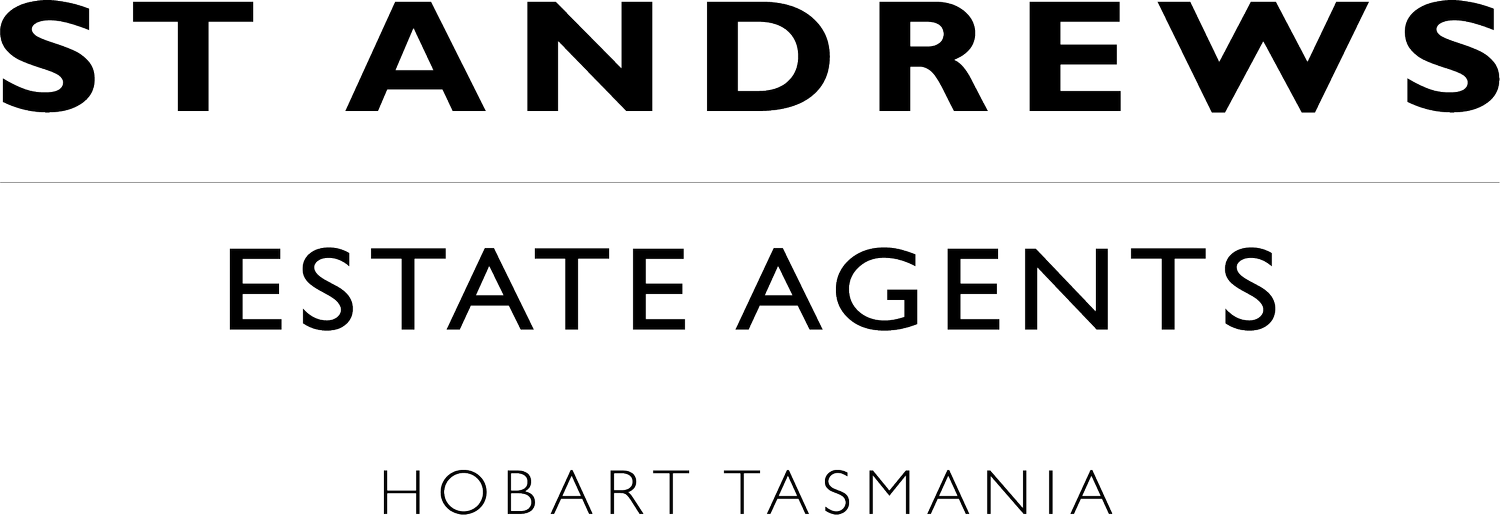Tasmania: An Australian Island’s Stunning Rise
This three-level house on Napoleon Street in Battery Point sold for more than A$4 million in late October.
ST ANDREWS ESTATE AGENTS
A once-untouched paradise has become a luxury hot spot
BY MICHELLE SINGER | ORIGINALLY PUBLISHED ON MARCH 20, 2019 | MANSION GLOBAL
Jocelyn Boyd’s love affair with Tasmania—located on Australia’s south coast and affectionately known as the Apple Isle—stretches back more than a decade.
Like hundreds of tourists each year, Ms. Boyd, a health information-technology professional, once rented a motor home and embarked on the quintessential driving holiday along Tasmania’s heavenly eastern coastline and remote and isolated wild west.
She has hiked the famed Overland Track, watched the sunrise over Wineglass Bay in Freycinet National Park, and wined and dined at world-class restaurants, renowned for their use of sustainable seafood and homegrown produce.
"It has kind of been the untouched paradise that so many Australians have never been to," Ms. Boyd, 36, says. It’s little wonder that Ms. Boyd and her partner, builder and photographer Mitch Leeming, decided to buy a three-acre block on Tasmania’s Bruny Island, 45 minutes south of Hobart, the island state's capital.
Ms. Boyd and Mr. Leeming are part of Tasmania’s steadily increasing population, on the upswing since 2013 and last year rising faster than the national average. In 2018, the population hit more than 528,000.
It’s clear that the island, Australia’s smallest state, is attracting a vibrant mix of young families, hopeful couples, and adventurous retirees—all looking for a lifestyle that revolves around fresh air, artisanal produce, and community ties.
"It offers such an incredible lifestyle; it’s fresh and clean. You can be in a city but you’re only half an hour from remoteness," Ms. Boyd says.
Ms. Boyd and Mr. Leeming’s offer of 190,000 Australian dollars for the gently sloping property, with 180 degrees of uninterrupted water views across the D'Entrecasteaux Channel, was accepted within three days of the block hitting the market.
The iconic Italianate mansion Glenfruin in Launceston, which sold for A$3.25 million last year.
Knight Frank Tasmania
This, Ms. Boyd says with pride, is where they’ll build their dream home.
"It suits our lifestyle and where we are headed in the future," Ms. Boyd adds.
There’s also no denying the pulling power of the value proposition of Tasmania’s housing.
Until late 2018, Tasmania was Australia’s cheapest housing market, attracting many disillusioned home buyers who had become priced out of many Australian mainland cities. The population growth coincided with a turnaround in the island’s financial fortunes, resulting in the perfect economic storm.
Since 2013, Tasmania’s tourism industry, business investment, gross domestic product, employment levels, and population have all been steadily increasing, according to the state's Department of Treasury and Finance.
Tasmania’s unemployment level rose to 6% at the close of 2018, its highest level in 12 months but still significantly lower than the 7.4% it reached in 2014, according to the Australian Bureau of Statistics. The real estate market, too, has outperformed the rest of the country, with double-digit price growth each year since 2016.
Despite momentum easing in 2018, Hobart’s median house prices continued to outperform the rest of the country, increasing 8.7%, to A$490,000 in 2018, overtaking both Adelaide and Perth for the first time, according to CoreLogic RPData figures.
The iconic Italianate mansion Glenfruin in Launceston, which sold for A$3.25 million last year.
Knight Frank Tasmania
Housing demand, population growth, and economic prosperity have helped boost Hobart’s median house prices by more than 40% since 2016.
In 2018, A$4 billion in residential transactions changed hands in Tasmania, its highest level of activity in terms of number of sales as well as dollar value, according to the Real Estate Institute of Tasmania, or REIT.
Tony Collidge, president of REIT, says A$2 million is becoming the norm for the price of prestige real estate.
In the six months to June 2018, there were 89 million-dollar-plus sales recorded. For all of 2017, a record 120 million-dollar-plus properties sold. And there were several multimillion-dollar sales in the second half of 2018, including the iconic Italianate mansion Glenfruin, on Brisbane Street in Launceston, which sold for A$3.25 million.
A three-level house on Napoleon Street in Battery Point sold for more than A$4 million in late October. It was the most popular online listing in Australia, according to realestate.com.au figures, attracting significant local and interstate interest, says St Andrews Estate Agents property consultant Steve Yannarakis.
"There’s demand and depth in the market and around the inner suburbs of Hobart. People are attracted to the lifestyle you can have here," Mr. Yannarakis says. "It’s casual and friendly, there's great restaurant food, as well as culture, vineyards, and cafes."
"The extension of the Hobart International Airport will be a game changer," Mr. Yannarakis says. "All of a sudden, Tasmania is cool and fashionable."



